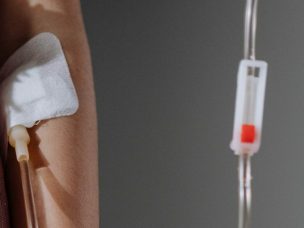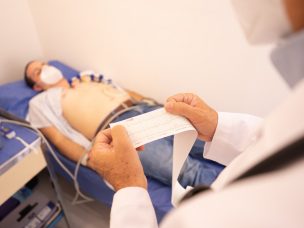May 21, 2023
The Present and Future of Cardiac Amyloidosis Treatment
Promising new treatments for cardiac amyloidosis are expected in the near future. Cardiac amyloidosis (CA) results from the deposition of misfolded proteins in the cardiac tissue. Its two main forms are light chain amyloidosis (AL) and transthyretin amyloidosis (ATTR), further classified as familial (vATTR) and wild-type (wtATTR). The treatments for AL, wtATTR, and vATTR differ...
Recognizing Warning Signs of Cardiac Transthyretin Amyloidosis in Clinical Practice
Knowledge of red flags suggesting cardiac transthyretin amyloidosis is crucial for identifying at-risk patients and establishing the correct diagnosis. Cardiac amyloidosis is caused by the extracellular deposition of misfolded proteins in cardiac tissue. Wild-type transthyretin amyloidosis (wtATTR) is the most common form of cardiac amyloidosis. It mostly affects elderly patients, who usually present with heart...
Predictive Machine Learning Model for Wild-Type Transthyretin Amyloid Cardiomyopathy
This study highlights the clinical characteristics and healthcare resource use of patients at higher risk for wild-type transthyretin amyloid cardiomyopathy identified using a machine learning model. Transthyretin amyloid cardiomyopathy (ATTR-CM) can lead to heart failure (HF). If there is a delay in the diagnosis of wild-type ATTRCM (ATTRwt-CM), patients may undergo multiple hospital visits before...
Autonomic Dysfunction in Patients With MS and NMOSD
Neuromyelitis optica spectrum disorder patients have more pupillomotor symptoms than multiple sclerosis patients and have life-threatening autonomic dysreflexia, severe hypertension, sleep–wake cycle disturbances, and postural orthostatic tachycardia syndrome. Neurological disturbances are a hallmark of multiple sclerosis (MS) and neuromyelitis optica spectrum disorder (NMOSD). Autonomic dysfunction is frequently present in these patients. However, due to its...



